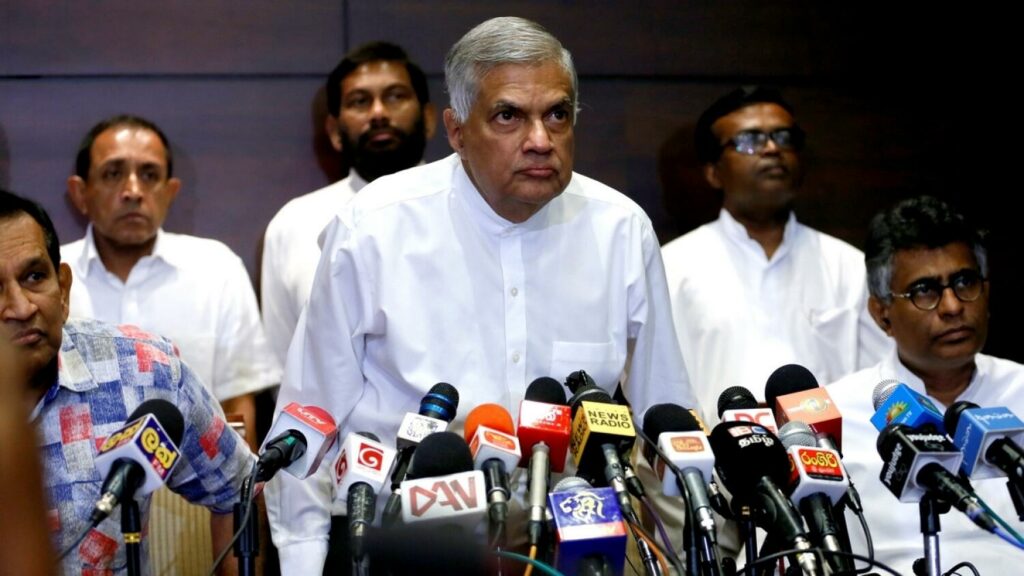Virendra Pandit
New Delhi: In 2016, Sri Lanka was an example of utopia, one of the best-performing economies, and a role model for many countries. Then it began to sink for various reasons, including the Covid-19 pandemic and the return of the Rajapakse clan at the helm, whose many wrong decisions led the country up the garden path, only to throw it down from the cliff.
By 2022, it became a dystopia, making the multiple crisis-ridden island nation in the Indian Ocean a study of bankruptcy, chaos, political instability, and an uncertain future. The Sri Lankan economy became a byword for sudden collapse.
According to the International Monetary Fund (IMF) data, the Sri Lankan government’s general revenue as a percent of the gross domestic product (GDP) fell from 14.1 percent in 2016 to 9.2 percent in 2020. In 2021, it stood at 8.9 percent, leading to a rise in the fiscal deficit. In 2022, it collapsed.
The Buddhist-dominated country, which erupted in unprecedented rebellion in March-April, has, however, slipped into a melancholy mood with few now ready to hit the roads.
That is why the recent demonstrations by Sri Lankan opposition parties and trade unions against the government have fizzled out, with smaller crowds turning up to mark the fourth month of an anti-government protest campaign launched in March in the wake of the ongoing economic crisis.
Unlike the millions hitting the roads across Sri Lanka only three months ago, only a few dozen turned up at a rally in the national capital, Colombo, on Tuesday.
The media reported that only about 150 people came to a demonstration near the President’s office, where thousands had camped for the past four months.
“The crackdown by the government and the arrest of anti-government protesters may have deterred people coming out to show their dissent,” a demonstrator said.
Over 100 protesters have been arrested so far, including those who stormed the residences and offices of Sri Lanka’s top leaders.
Although the economic crisis continues, shortages of essential commodities have somewhat eased.
Six-time Prime Minister Ranil Wickremesinghe, the new President, is trying to find his feet. He has also taken the wind out of the protesters’ sails by addressing gas and fuel shortages and restoring some sense of political stability. However, the island nation remains under a state of emergency.
They elected Wickremesinghe to the post by a parliamentary vote on July 20 after President Gotabhaya Rajapaksa fled the country.
An unprecedented economic crisis, the worst since the country gained independence from the British in 1948, led to unrest amid fuel, gas, and food shortages.
Protesters had begun camping outside the President’s office on April 9.
On May 9, Prime Minister Mahinda Rajapaksa stepped down, and on June 9, Finance Minister Basil Rajapaksa resigned.
Protesters stormed the former President’s official residence on July 9, forcing him to quit.

